Many studies show that, with textbooks, there are two popular models globally: the multiple-textbook system and the single-textbook system.

New Zealand secondary school students in a laboratory lesson. The use of textbooks in New Zealand is not compulsory, but publishers can compile materials to suit the requirements of the secondary education program, from which schools can choose to purchase according to their needs.
PHOTO: NGOC LONG
The UK government 's 2011 report on teaching and learning materials further classified the models into four: (1) a system using a single set of books published by the state or (2) privately; (3) using multiple sets with limits or (4) multiple sets with no limits.
Fragmented Picture in Southeast Asia
According to Thanh Nien 's research, many Southeast Asian countries with developed economies choose to use multiple sets of textbooks at the secondary level. For example, in Singapore, a country with the leading economy in the region, the Singapore Ministry of Education annually publishes a list of approved textbooks. From this list, schools have the right to choose which set of books best suits the needs of their students.
In Thailand, schools are given a budget to buy textbooks, but are only allowed to buy sets approved by the Ministry of Education, including sets published by the state and other sets compiled by other public and private units. Meanwhile, in Malaysia, since the late 1980s, the Ministry of Education has implemented a form of public bidding, with textbooks for each subject being given to a publisher in charge.
In Indonesia, textbooks developed by the Ministry of Education will have to compete with third-party textbooks for approval in schools, according to the country’s discussions with the Asian Development Bank (ADB). Similarly, the Philippines has allowed multiple publishers to bid, ensuring the implementation of its policy of allowing multiple textbooks in schools, under Republic Act No. 8047.
Laos uses only one set of textbooks compiled by the government, according to research by Mr. Houmphanh Khanthavy (Laos) and colleagues. Recently, the country has renewed its general education program, but the use of one set of textbooks is still maintained under the compilation of the Research Institute of Educational Sciences (RIES) under the Lao Ministry of Education and Sports, and with support from the Australian government, Lao News Agency reported.
The Ministry of Education of Brunei through the Department of Curriculum Development has also compiled a set of textbooks for the whole country. Myanmar also has a common set of textbooks with support from the Japan International Cooperation Agency (JICA). The model of using a set of textbooks compiled by the state nationwide is also implemented in Cambodia and East Timor.
DIVERSITY OF TEXTBOOK CHOICES IN MAJOR ECONOMIES
In Asia, one of the world's leading economies, Japan, currently applies a model of many textbooks published by private enterprises, with an average of 5 units per subject, and the content of the books is strictly regulated by the government. Then, high schools are allowed to choose books according to their needs. As for primary and secondary schools, the right to choose books belongs to the local education council, including the presence of many parties such as principals, teachers, parents...
In Korea, post-primary schools can choose books from a list that has been "authorized" by the Ministry of Education and is provided with textbook funding, or from an "approved" list; but in this case, the school must find its own funding. Meanwhile, elementary school textbooks (except English) are still compiled by the Ministry of Education because it believes that this level of education needs more guidance from the government.
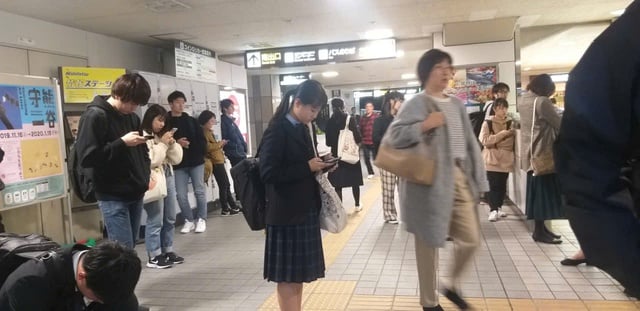
In Asia, one of the world's leading major economies, Japan, currently applies a model of many textbooks published by private enterprises.
Photo: Thuy Hang
According to research by author Xiaofang Ma, in 1985 China reformed its education system from "one program, one textbook version" to the "one program, many textbook versions" phase to meet the needs of each region. Meanwhile, in Taiwan, the principle of textbook liberalization was established in 1988, this author informed.
In most European countries, autonomy in textbook selection is considered more open, according to a report from the British government. That is because schools can use any textbook without prior approval like many Asian countries. However, the reality in the UK is that not all parents are interested in buying textbooks, partly because British law prohibits forcing parents to buy textbooks.
The US also has many sets of textbooks, but each region will have different regulations for selecting books and not uniform across the country. Specifically, according to the Education Commission of the States (ECS), 19 states and the capital Washington DC regulate the selection of books at the state education agency, while the remaining states delegate this authority to local education agencies such as school districts. Russia, on the other hand, has a common list for the whole country, UNESCO said.
In New Zealand, textbook use is not compulsory, but publishers can compile materials that meet the requirements of the New Zealand general education program, from which schools can choose to purchase according to their needs.
In Africa, multiple textbook use is also taking place in a number of countries. In Kenya, for example, according to the World Bank, the Kenya Institute for Curriculum Development (KICD) invites publishers to submit manuscripts and “finalizes” the list of approved textbooks after review. In Tanzania, any textbook that meets minimum criteria is approved for use in schools. Rwanda and Uganda also operate multiple textbook policies, according to a report from UNESCO.
Source: https://thanhnien.vn/cac-nen-kinh-te-lon-chuong-dung-nhieu-bo-sach-giao-khoa-185250818220629102.htm





![[Photo] General Secretary To Lam attends the 8th Congress of the Central Public Security Party Committee](https://vphoto.vietnam.vn/thumb/1200x675/vietnam/resource/IMAGE/2025/10/4/79fadf490f674dc483794f2d955f6045)

![[Photo] Solemn opening of the 8th Congress of the Central Public Security Party Committee, term 2025-2030](https://vphoto.vietnam.vn/thumb/1200x675/vietnam/resource/IMAGE/2025/10/4/f3b00fb779f44979809441a4dac5c7df)
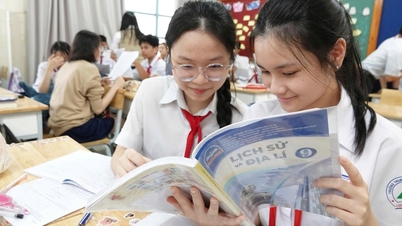
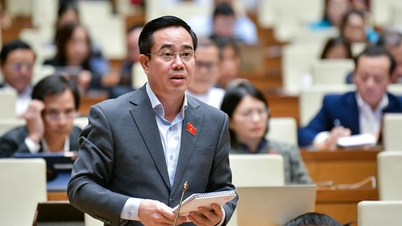



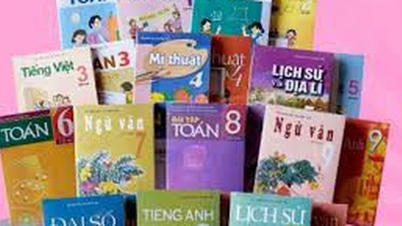


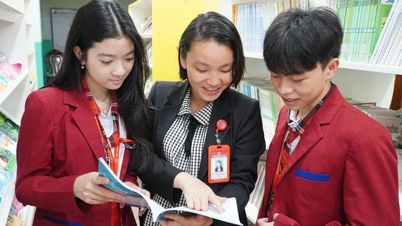

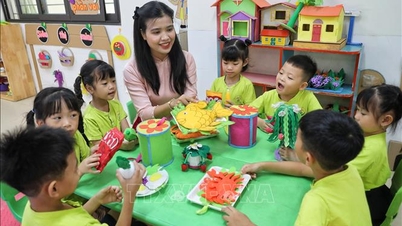



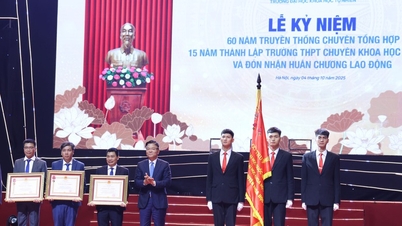
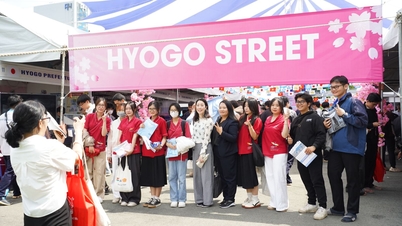

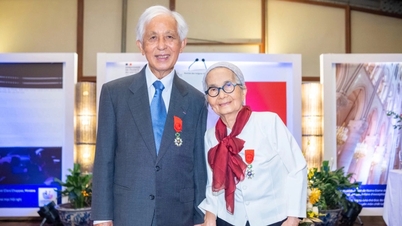




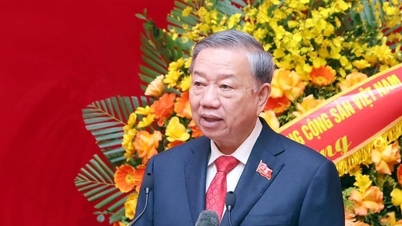
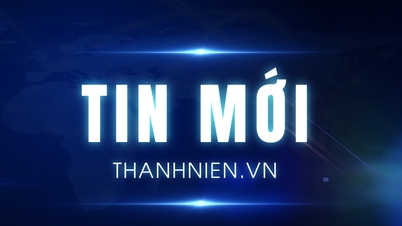
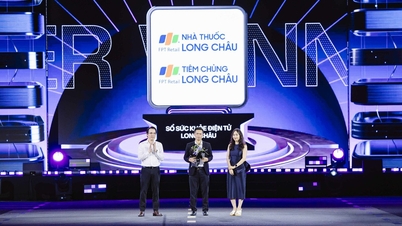

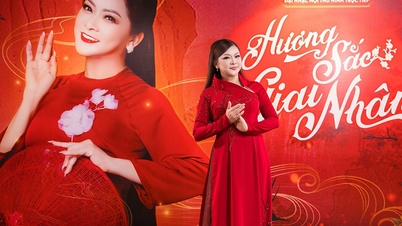

![[Photo] Students of Binh Minh Primary School enjoy the full moon festival, receiving the joys of childhood](https://vphoto.vietnam.vn/thumb/1200x675/vietnam/resource/IMAGE/2025/10/3/8cf8abef22fe4471be400a818912cb85)
![[Infographic] Notable numbers after 3 months of "reorganizing the country"](https://vphoto.vietnam.vn/thumb/1200x675/vietnam/resource/IMAGE/2025/10/4/ce8bb72c722348e09e942d04f0dd9729)
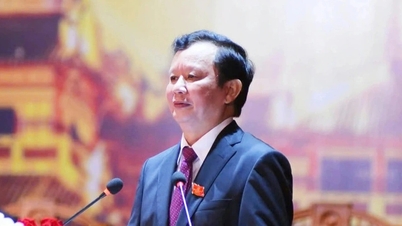
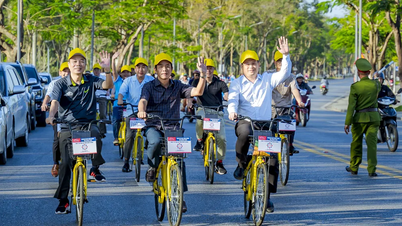










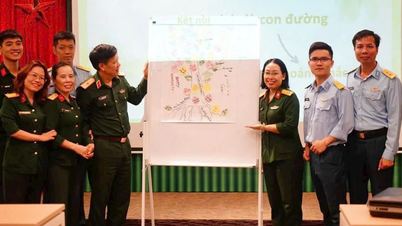



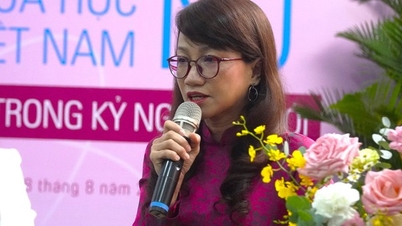


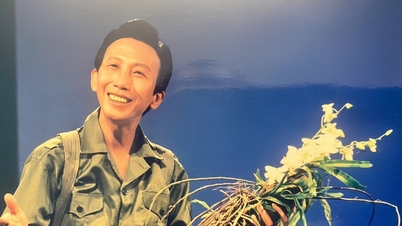


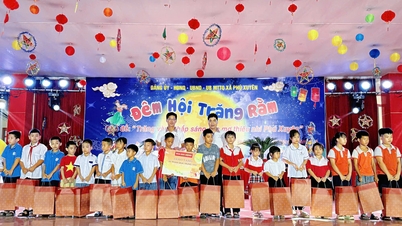











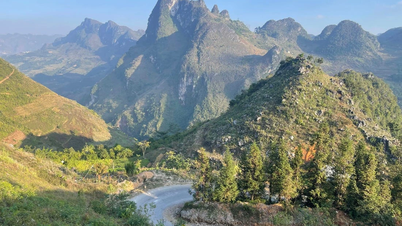

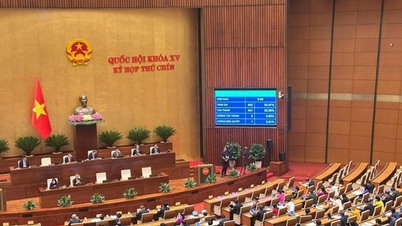






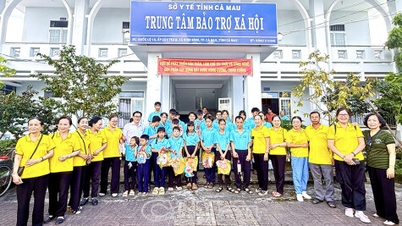

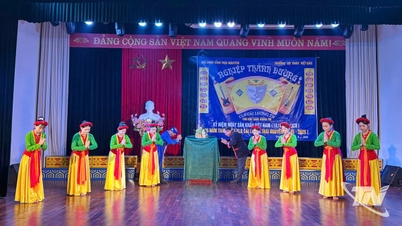

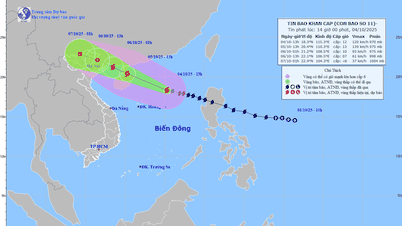

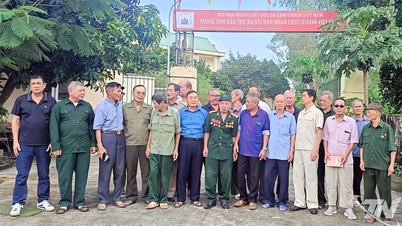






Comment (0)